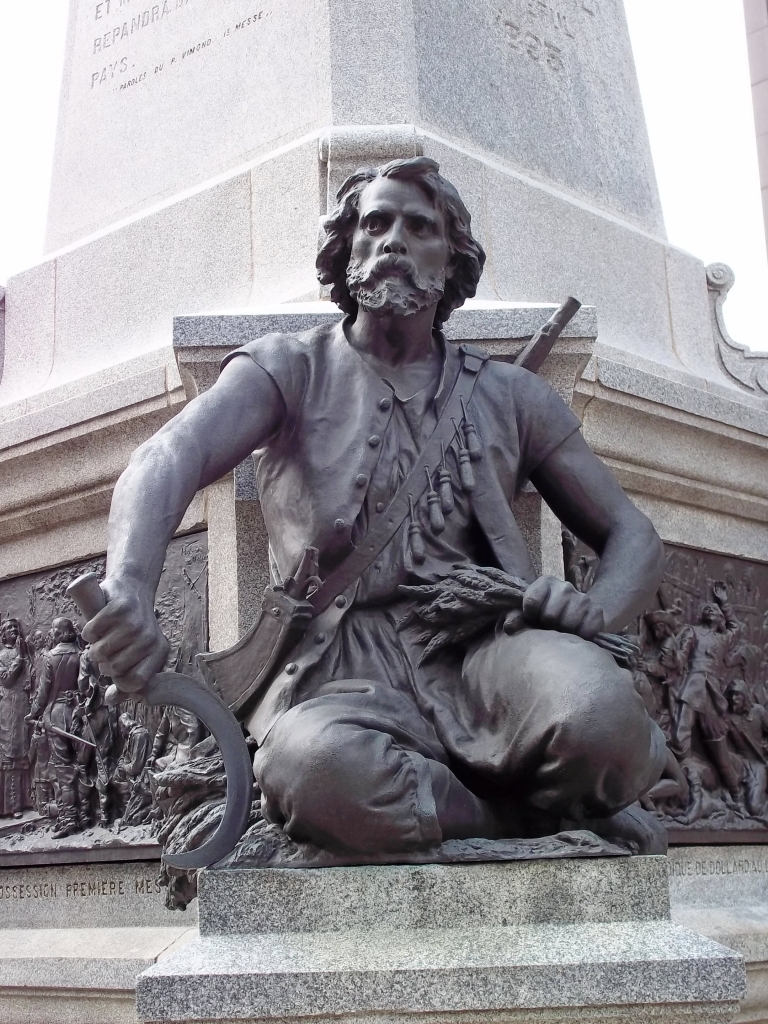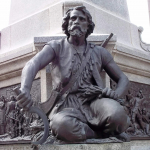The history of Montréal in the 17th century was marked by the personalities of two unusual men: Charles Le Moyne and Jacques Le Ber. They arrived after the founding of the city and were both brothers-in-law and partners. They both had a formidable sense of business and became the richest men in the city.
Charles Le Moyne was originally from Dieppe, France. He arrived in New France in 1641. He was 15 years old. He was an indentured employee of the Jesuits for their Huron mission and lived in Sainte-Marie among the Hurons, near Georgian Bay, for four years. He quickly learned to speak the languages of the First Nations people. His talent as an interpreter was a strategic asset for him in the fur trade and later for the diplomatic strategy in which he played an important role.
In 1646, Charles Le Moyne settled definitively in Ville-Marie, which later became Montréal. He was one of the military leaders of the small village. In 1654, following his marriage to Catherine Thierry, Chomedy de Maisonneuve gave Le Moyne a concession for 90 acres of land, on the south-west point, which took the name Pointe-Saint-Charles at that time. Later, Charles Le Moyne was involved in the development of his seigneuries. He had 12 sons, 10 of whom played illustrious roles in the history of New France. He died in February 1685 and was buried in the crypt of the Église Notre-Dame, in Montréal.
His sister, Jeanne Le Moyne, married Jacques Le Ber, originally from Rouen; he arrived here in 1657. Jacques Le Ber was an exceptional businessman. He partnered with Charles in a very profitable fur trade business. They established fur trading posts beyond the secure limits of Montréal, such as the one in Lachine, which they had built in 1669, as well as the one in Senneville.
Jacques Le Ber was one of the most influential individuals of his time. He was given a noble title in 1696. He died in 1706. He owned lands in Pointe-Saint-Charles as did his brother, François Le Ber, who built the house that Marguerite purchased from him in 1668. That house is now Maison Saint-Gabriel, museum and historical site.


